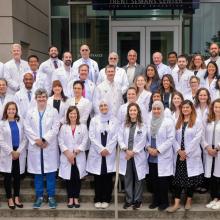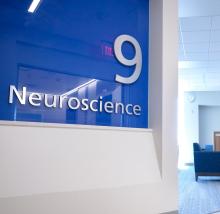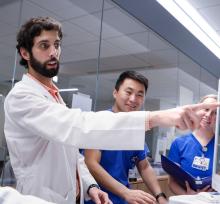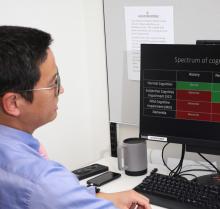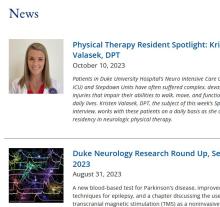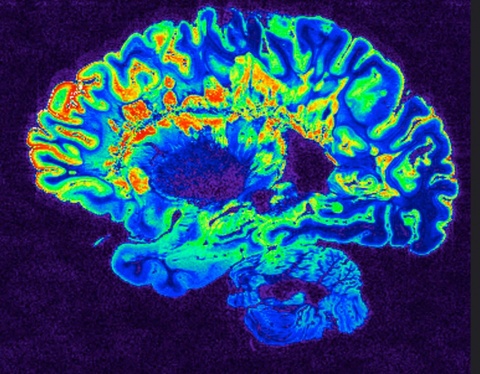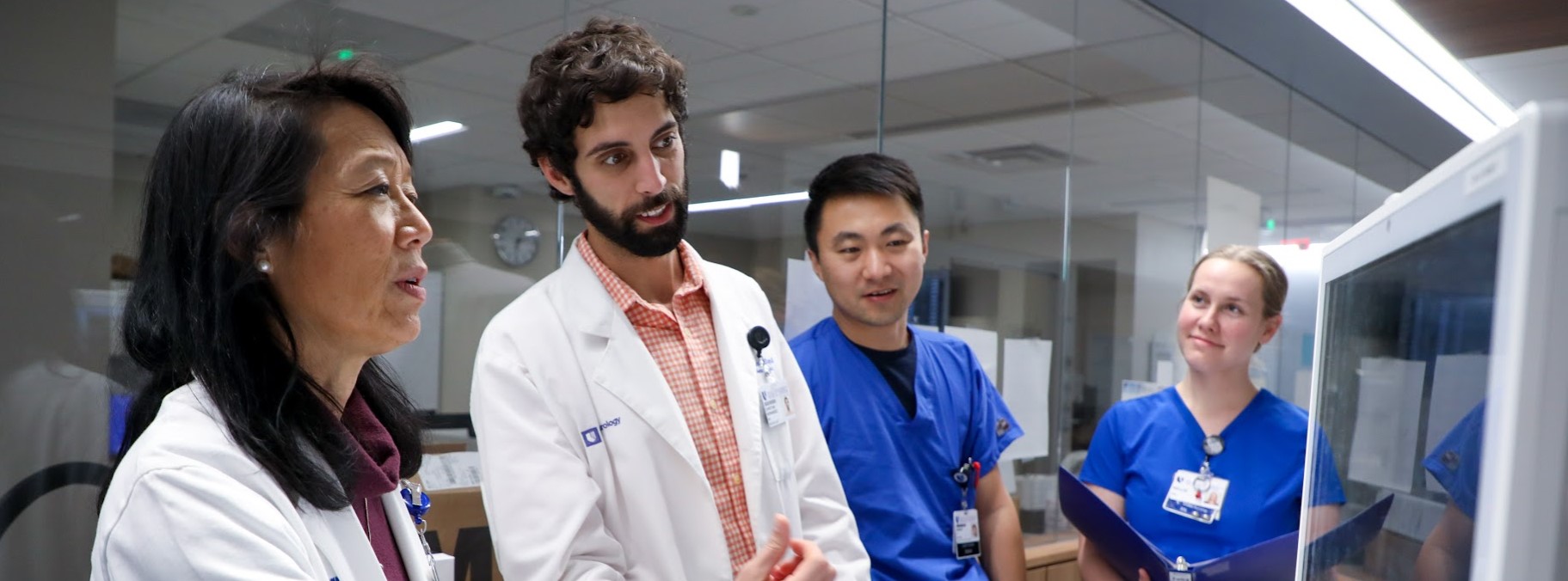
Our Division of Neurocritical Care faculty includes 14 intensivists, all of whom are boarded in Neurocritical Care by the United Council of Medical Subspecialties; many also hold concurrent areas of specialization such as vascular neurology, neuroanesthesiology, and neurophysiology.
Latest News
Check out this blog post on Katherine Colton, MD and her work regarding traumatic brain injury.
The Office of Research and Innovation has named seed grant recipients for two programs, the Duke Science & Technology SPARK fund and the Duke Science & Technology LAUNCH fund.
Dr. Komisarow discusses how understanding the basics of the brain’s structure and function can help people with a brain condition help their care team monitor symptoms.
In January, members of Duke Neurology wrote and contributed to 20 peer-reviewed journal articles.
